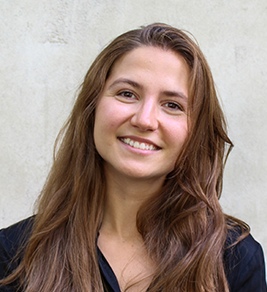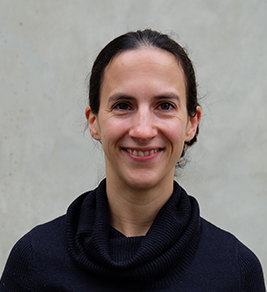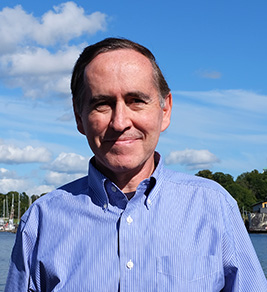This map shows the country of birth of the largest minority group in the Nordic countries.

This map shows the country of birth of the largest minority group in each municipality in each Nordic municipality in 2022. The different colours represent the largest minority group, defined as a specific country or a group of countries.
Using country of birth as an identity marker reveals an interesting geographic pattern of minority populations at the municipal level. Even with the increase in migration, native-born populations remain the largest group in each municipality (i.e. Swedish-born people are the largest group in every municipality in Sweden). They also constitute the majority in each municipality, with the exception of one small municipality with a majority-minority population.
For visual simplicity, countries of birth are grouped. The four large Nordic countries are shown separately. The EU15 countries and EU accession countries constitute separate groups. The countries of the former Soviet Union (minus the Baltic states) are another group. Afghanistan, Eritrea, Iran, Iraq, Somalia and Syria together constitute a group of countries from which many of the migrants to the Nordic countries came as refugees over the past decade.
People born in Finland are the largest minority group in many regions near the Finnish border in northern Sweden, as well as a group of municipalities around Stockholm. In several border municipalities in Sweden, people born in Norway are the largest minority group. Swedish-born persons are the largest minority group in most municipalities in northern and western Finland (by percentage). People born in one of the EU15 countries form the largest minority group in southern Denmark, near the border with Germany, as well as a few other scattered municipalities in southern Sweden and Norway.
Following several EU expansions starting in 2004, many people from the EU accession countries have entered the Nordic countries as economic migrants. Persons from EU accession countries now constitute the largest minority group in nearly all municipalities in Iceland, many municipalities in southwest Norway, several in northern Norway, many in southern Sweden, just across the Öresund strait from Denmark, and numerous municipalities in southern Finland. In Iceland, 10% of the population is from one of the EU accession countries. The largest group are from Poland at 6% of the population of Iceland. This is a remarkable increase in the non-native population, given that as recently as 1998, only 4% of the population of Iceland were foreign-born.
In Finland, 94,121 persons were classified as being born in the former Soviet Union (FSU). Of these, 63,885 or two-thirds listed the FSU as their place of birth without specifying the successor state; 20,499 said they were born in Russia, and 5,367 were from Ukraine. The second-largest group of FSU-born persons were those from Estonia, 47,198 – however, these are classified in the EU accession group. Persons born in the former Soviet Union are the largest minority group in most municipalities in southeast Finland.
In 2015, Sweden was one of the largest recipients of people arriving as refugees. In total, there were 162,000 asylum applications, equivalent to 1.6% of the population (Nordic Council of Ministers 2024). The effects of this influx are still present, as persons born in Afghanistan, Eritrea, Iran, Iraq, Somalia and Syria are the largest minority group in many municipalities in the south of Sweden. Persons born in other countries make up the largest minority group in many municipalities in northern Sweden and southern Norway.
There has been a decline in the percentage of foreign-born citizens in Greenland. At present, the population is 89% native-born, with 7% born in Denmark, 4% born elsewhere, and persons born in Asia making up 2% of the population. In the Faroe Islands, 84% of the population is native-born, and 8% were born in Denmark. People born in the Philippines are the third-largest group. They are primarily migrant workers, specifically participants in the marriage market for Faroese men. This is due to gender disparity in the Faroe Islands, with 108 men for every 100 women. People from the EU accession countries only make up 1.2% of the population, the majority of whom were born in Poland and Romania. The share of Åland’s population born in Sweden has increased from 5% of the population in 2000 to 10%. Like the other Nordic regions, Åland has also seen increases in the number of people from EU accession counties. There are currently 400 people born in Latvia and 450 born in Romania residing in Åland.




